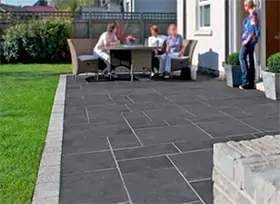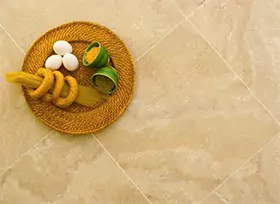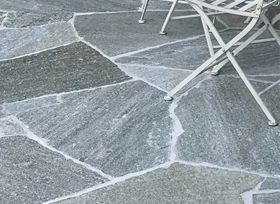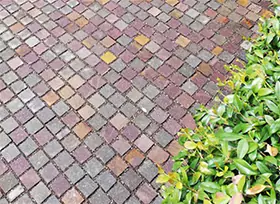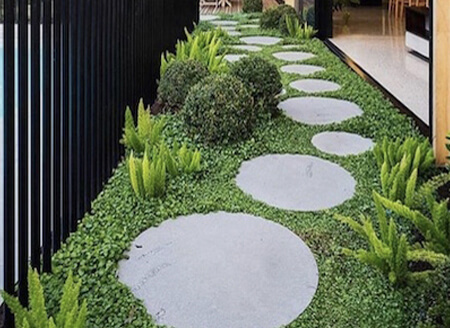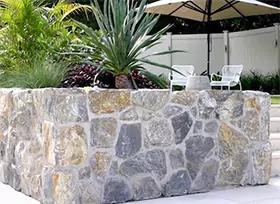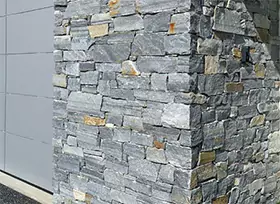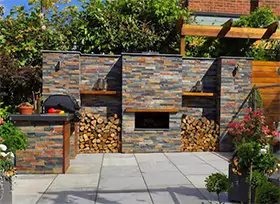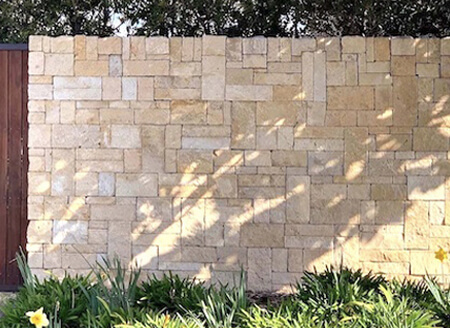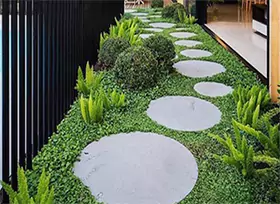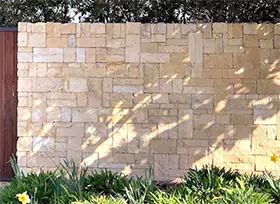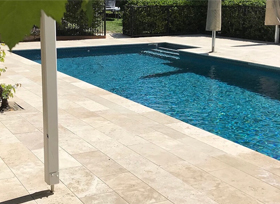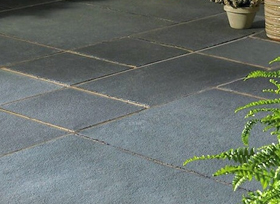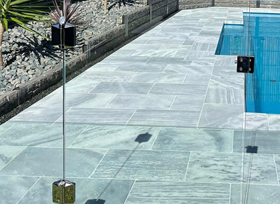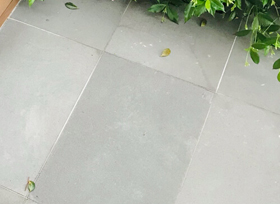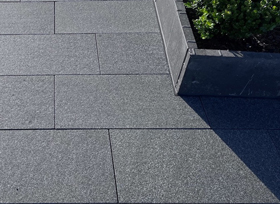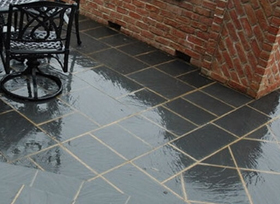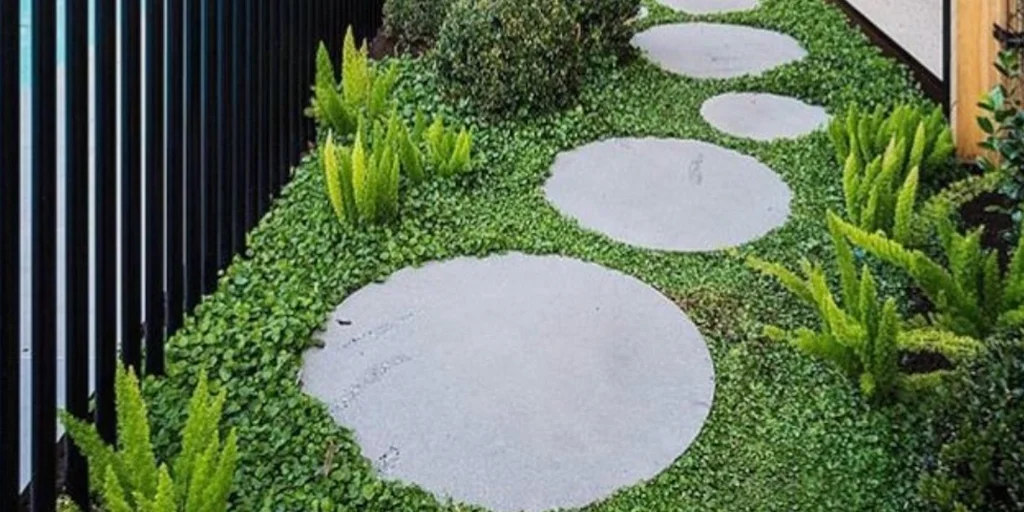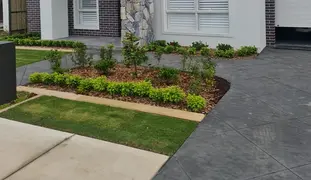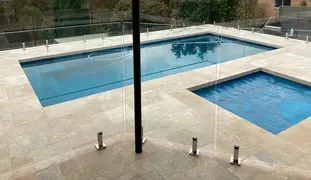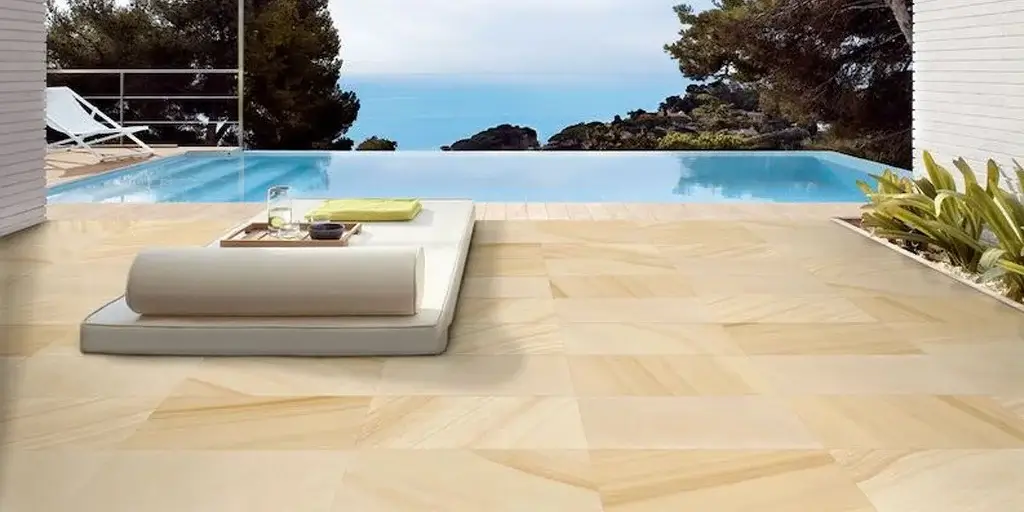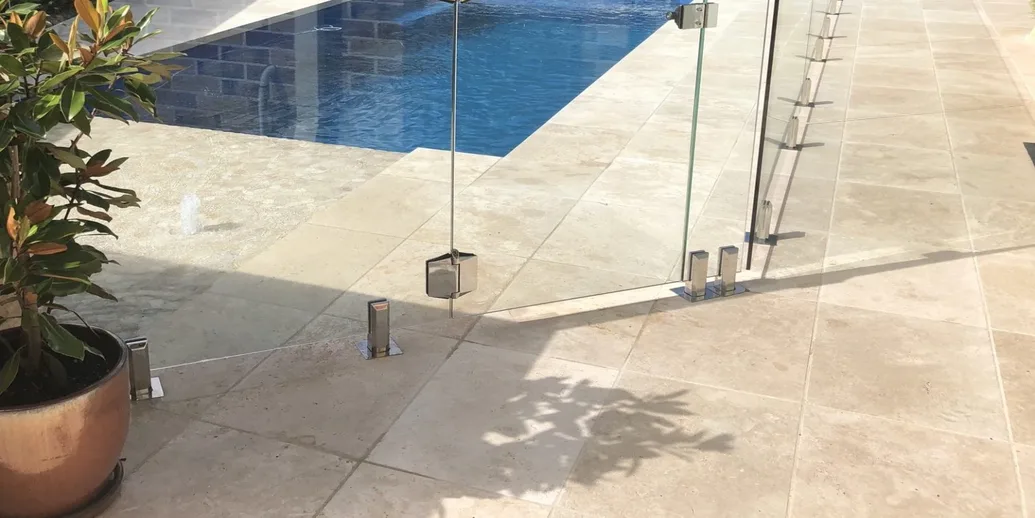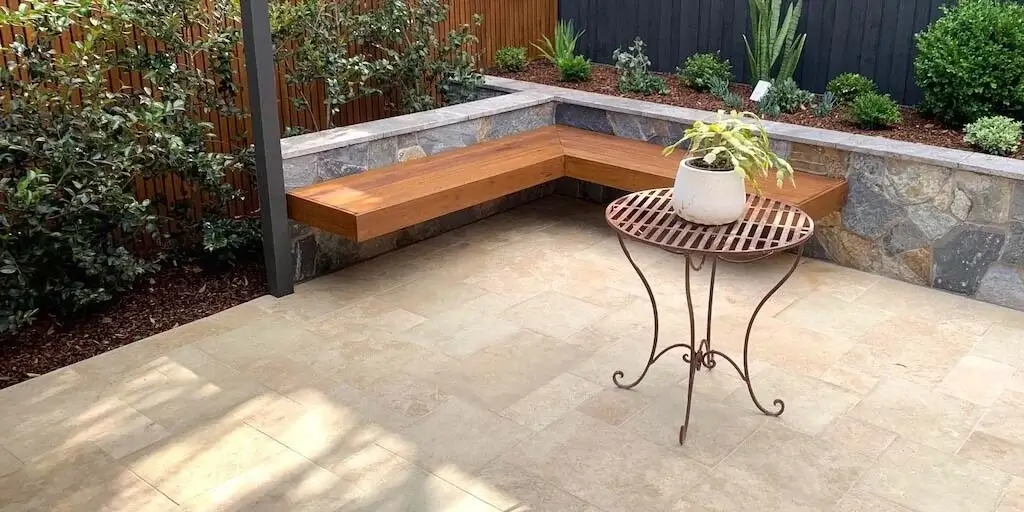Stepping Stones also called Stepping Stone Pavers or Steppers, are stones to create safe paths outdoors around your home. They are used as a pathway to guide visitors to the main entrance of the house. Earlier people would use Stepping Stones during the rainy season to prevent getting their feet soaked. Any kind of stone would be in use back then. Bricks, broken stones, concrete slabs, or anything that could be used as a raised platform. Gradually with time, this practice changed and Stepping Stones became a thing of outdoor décor. They are now used to add to the aesthetic value of home outdoors and to add to the aesthetic value of home outdoors besides using them as a platform to step on in the muddy fields. So, what is complicated about Stepping Stones? Well, here are the most frequently asked questions and the best possible answers for them.
Can I lay Stepping Stones directly on top of the grass?
To answer that question honestly, you would have to understand the mechanism of it. Stepping Stones have a flat side meant to be pushed onto the ground. If the sole purpose of these stones is to create a temporary path towards the entrance, then people often think it is appropriate to place them on top of grass. However, doing this might bring instability to the Steppers. Plus, there is no point in trampling your grassy lawn. Hence for better stability, it is advisable to remove the grass before laying your Stepping Stones.
What is the ideal gap between Stepping Stones?
Walkway pavers should be spaced out in a way that accommodates an average human stride. Calculate the distance of the Stepping Stone pathway and the number of stones you would require. Spacing them 24 inches from the center is the safest distance between the two steppers. Since there is no set rule, some people space them between 20-26 inches.
How can I lay Stepping Stones?
Unlike widespread belief, laying Stepping Stones is not as difficult as it sounds. The installation is quite simple and not labour intensive.
Follow these simple steps or read this to know more.
- Plan the area and calculate the number of stones- That is the primary step.
- Place the Steppers on the path to trace their shape and the area they are occupying.
- Dig the soil at least 2 cm deeper than the steppers and create a base.
- Start filling the hole with gravel or sand and set the stepping stones.
- Tap the stones to place them firmly on the ground.
How do I prevent Stepping Stones from sinking?
That is simple. Stepping Stones if laid on the grass directly will sink with heavy footfall or rainwater seepage. To prevent them from sinking, prepare a solid base for your Stepping Stones. You can do that by adding gravel or a thick layer of stone dust to pack the hole in the ground. You can also install a 4-inch base of concrete or compacted aggregate. Additionally, please ensure the Stepping Stones have good drainage underneath. Drainage will prevent the stones from moving and sinking.
What is the best material for Stepping Stones?
Universally, homeowners use natural stones as Stepping Stones. Few also use concrete slabs that are left over from construction projects or quarry waste. In natural stones, there are several options to choose from. Carbon Black Granite Stepping Stones are the most durable and highly acclaimed Stepping Stones. Granite is known for its longevity and resistance to wear & tear. Also, the rectangular shape looks more impressive than the regular round ones. Besides Granite, Limestone and Bluestone are great choices for Steppers for their strength, slip-resistance, and rich aesthetics.
Is there a need to seal Stepping Stones?
Mostly Stepping Stones are natural stone products that have pores on their surface. The pores if left open will collect dust, dirt, and moisture and become vulnerable to regular wear & tear. So, the best way to keep your Steppers protected is to seal them. It is advisable to use a waterproof sealant that dries to a clear finish. You can check with your tiler or stone supplier about the kind of sealant available in the market.
Is there a way to remove rust marks from Stepping Stones?
There are several solutions and commercial chemicals that claim to remove rust stains from Stepping Stones. However, please note that not all chemical cleaners are suitable for natural stones. The strong acids may cause discolouration or fade your Stepping Stones. Pour 3-4% Hydrogen Peroxide over the rusted area. With a cleaning pad or a soft-bristled nylon brush, spread the solution and let it work on the stone. Rinse after 24 hours to see those rust stains gone or faded.
In Conclusion
Stepping Stones are not quarry-wastes anymore but a beautiful element to elevate the outdoor aesthetics. With the right selection of material and proper installation, your walkway will make heads turn. We hope we could answer the most frequent questions about Stepping Stones appropriately. Stay tuned to know more about your favourite stone products.
*Disclaimer: All information and advice given above in the blog are to the best of our knowledge. Please reconfirm at your end before execution.


